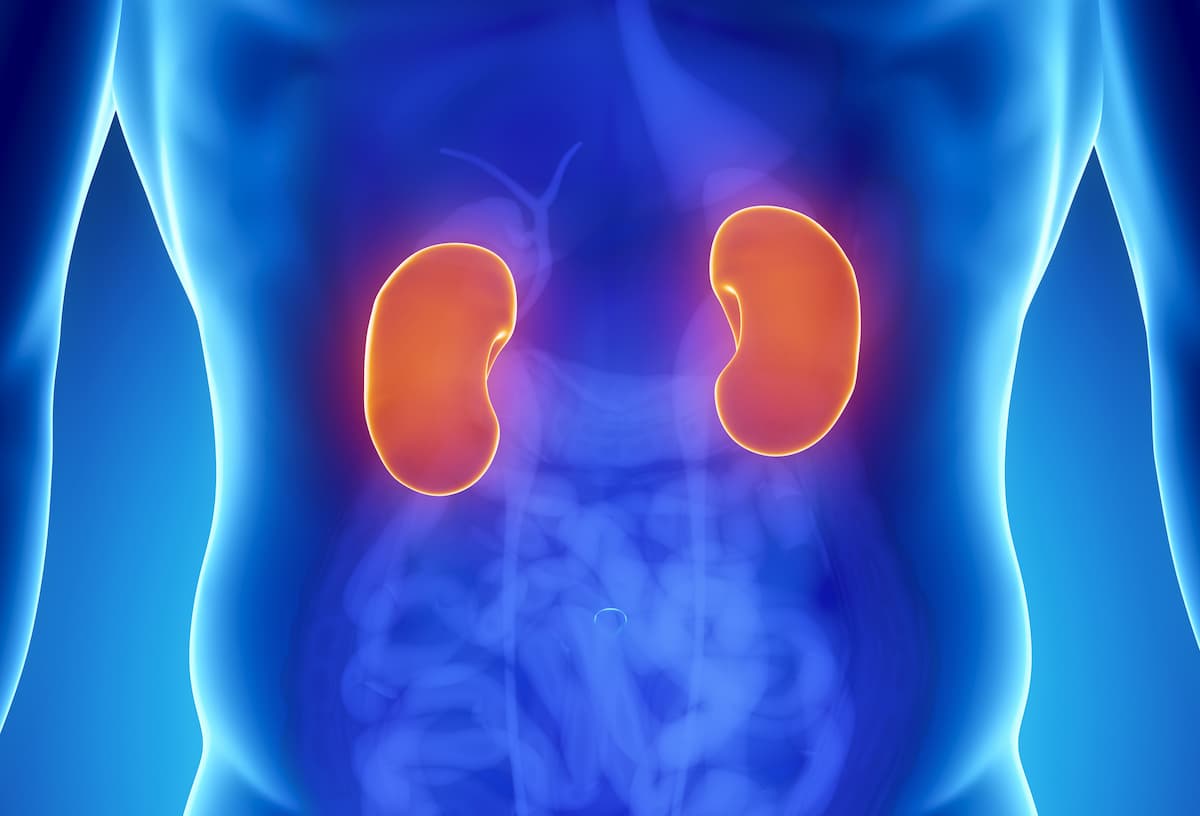Sitravatinib Cannot Be Safely Combined With Nivolumab/Ipilimumab in RCC
A phase 1/1b trial found that the triplet combination elicited an ORR of 45.5% and a median PFS of 14.5 months in previously untreated clear cell RCC.
A phase 1/1b trial found that the triplet combination elicited an ORR of 45.5% and a median PFS of 14.5 months in previously untreated clear cell RCC.

A safe dose with High disease control and durable progression-free survival (PFS) for sitravatinib with nivolumab (Opdivo) plus ipilimumab (Yervoy) was established, however, a dose that safely combined sitravatinib with nivolumab and ipilimumab was not identified, in previously untreated patients with advanced clear-cell renal cell carcinoma (RCC), according to a phase 1/1b trial (NCT04518046) published in Nature Communications.
Overall, the trial’s triplet combination elicited an ORR of 45.5%, a disease control rate (DCR) of 86.4%, and a median PFS of 14.5 months (95% CI, 4.9-not evaluable [NE]). Median overall survival was not reached (NR; 95% CI, 13.5-NE), 1-year survival was 80.8%, and median duration of response (DOR) was NR. At the recommended phase 2 dose (RP2D) used in cohort 4, the ORR was 33.0%, the DCR was 88.8%, and 1-year survival was 87.5%; median DOR, PFS, and OS was all NR.
“In contrast to the TKI-based triplet immunotherapy combination of cabozantinib with nivolumab plus ipilimumab used in clear cell RCC, the present study was unable to safely combine sitravatinib with the nivolumab 3 mg/kg plus ipilimumab 1 mg/kg ICT backbone. This may be due to the distinct immunomodulatory properties of sitravatinib,” lead study author Pavlos Msaouel, MD, PhD, assistant professor in the Department of Genitourinary Medical Oncology in the Division of Cancer Medicine at The University of Texas MD Anderson Cancer Cetner, and coinvestigators, wrote in the study. “We found no evidence that sitravatinib pharmacokinetics were influenced by ipilimumab, and sitravatinib steady-state exposures in cohort 4 of our trial were similar to those observed in a previous study investigating sitravatinib and nivolumab doublet combination in patients with clear cell RCC at the recommended phase 2 dose of 100 mg daily.”
A total of 22 patients were enrolled into the trial and randomly assigned into 1 of 4 trial cohorts: cohort 1, 35 mg of sitravatinib daily plus 3 mg/kg of nivolumab and 1 mg/kg of ipilimumab once every 3 weeks (n = 7); cohort 2, 35 mg of sitravatinib daily plus 3 mg/kg of nivolumab and 0.7 mg/kg of ipilimumab once every 3 weeks (n = 3); cohort 3, 70 mg of sitravatinib daily plus 3 mg/kg of nivolumab and 0.7 mg/kg of ipilimumab once every 3 weeks (n = 3); and cohort 4, 100 mg of sitravatinib daily plus 3 mg/kg of nivolumab and 0.7 mg/kg of ipilimumab once every 3 weeks (n = 9).
Patients 18 years or older with a pathological confirmation of advanced or metastatic, poor- or intermediate-risk clear cell RCC who received no prior systemic therapy were enrolled in the trial. Additional criteria include measurable disease per RECIST v1.1 and an ECOG performance status of 0 or 1.
Exclusion criteria include brain metastases, conditions requiring corticosteroids or other immunosuppressive medication, autoimmune disease, and history of deep vein thrombosis or pulmonary embolism within the past 6 months.
Safety of the triplet combination characterized by type, incidence, severity, timing, seriousness, and relationship to study treatment of adverse events (AEs) was the trial’s primary end point. Secondary end points were ORR, DOR, DCR, clinical benefit rate, PFS, 1-year survival probability, OS, and pharmacokinetics.
Treatment-related AEs (TRAEs) requiring discontinuation of sitravatinib was observed in 1 patient (4.5%). TRAEs leading to dose interruption or reduction were observed in 17 patients (77.3%); 6 in cohort 1 (85.7%), 3 in cohort 3 (100%), and 8 in cohort 4 (88.9%)
Due to 6 of 7 patients in cohort 1 experiencing immune-related AEs, investigators deemed the regimen dosage as unlikely to be viable. No dose-limiting toxicities were observed in cohort 2 or cohort 3, which allowed further dose escalation in cohort 4. Of 9 patients in cohort 4, 3 experienced dose-limiting toxicities. TRAEs requiring discontinuation of nivolumab and ipilimumab occurred in 9 patients (40.9%); 6 were in cohort 1 and 3 were in cohort 4.
The most common sitravatinib-related grade 3 AE was hypertension (18.2%); 3 were in cohort 1 and 1 was in cohort 4. Febrile neutropenia (n = 1) was only sitravatinib-related grade 4 AE.
A high level of immune related adverse events (AEs) were observed with 35 mg of sitravatinib, 3 mg/kg of nivolumab, and 1 mg/kg of ipilimumab, so ipilimumab was reduced to 0.7 mg/kg and sitravatinib was safely escalated to 100 mg.
References
Msaouel P, Yu K, Yuan Y, et al. Sitravatinib in combination with nivolumab plus ipilimumab in patients with advanced clear cell renal cell carcinoma: a phase 1 trial. Nat Commun. 2025;16(1):578. Published January 10, 2025. doi:10.1038/s41467-024-55642-8
Oncologists Reflect on Pandemic's Lasting Impact on Cancer Care
Hear from leading cancer experts about the lasting impact the COVID-19 pandemic has left on clinical practice.